The Truth About Soy Allergies
Food allergies and intolerances affect millions of Americans. Nearly any food can trigger an allergic reaction, but there are nine common foods that cause the majority of reactions. While soybeans are among the nine most common allergens, they have the second lowest prevalence rate. Read on for the truth about soy allergies.
What are Food Allergies?

The Big Nine Allergens
While over 170 different foods have reportedly caused allergies, the majority of allergies are caused by the following nine foods:
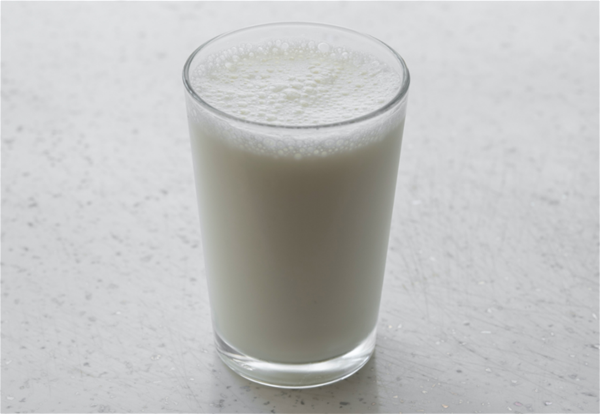
Milk

Eggs
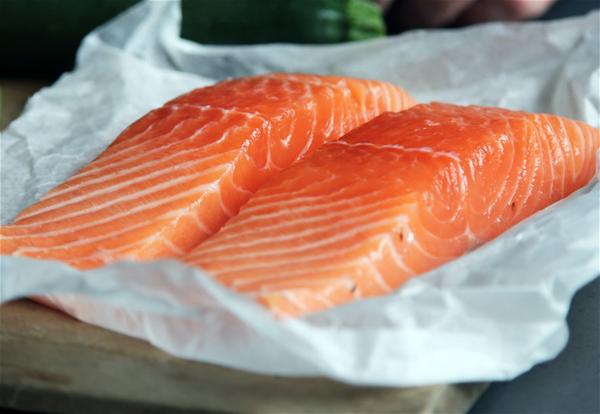
Fish

Crustacean shellfish

Tree nuts
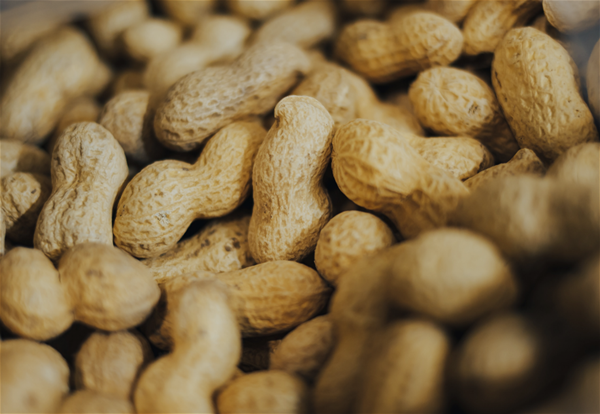
Peanuts
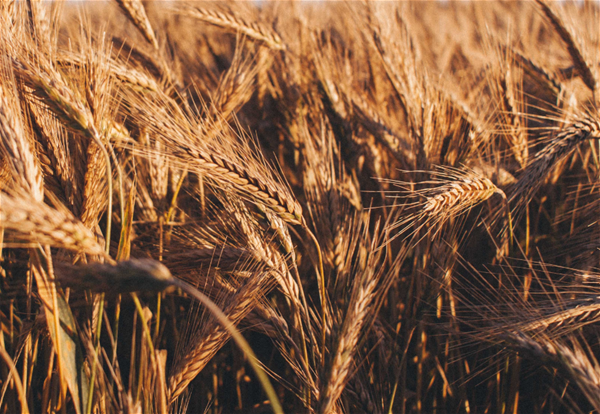
Wheat
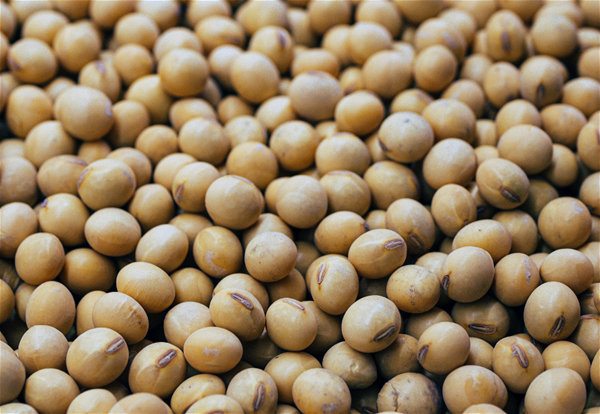
Soybeans
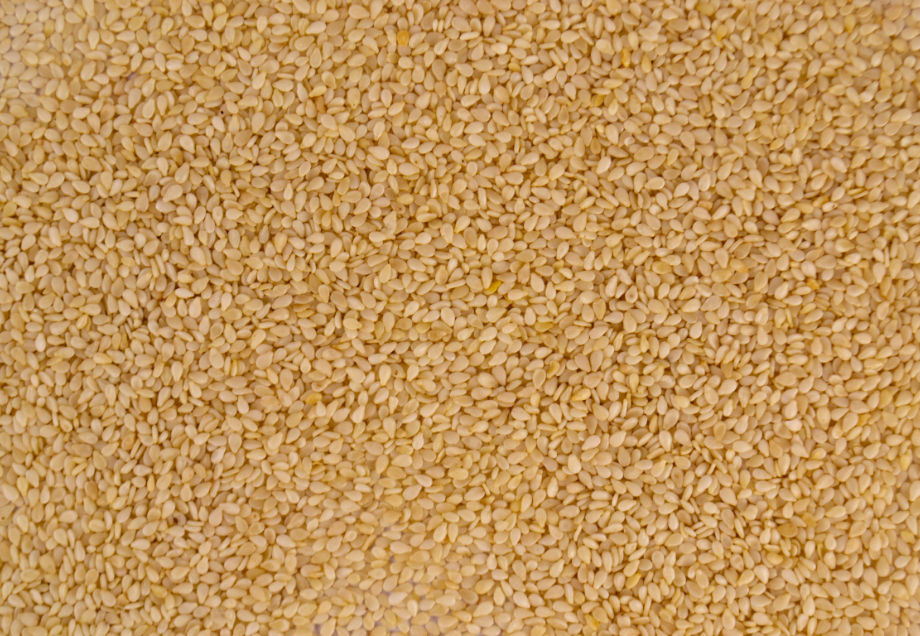
Sesame
These foods were identified by the FDA and labeled as “The Big Nine.” These allergens are responsible for 90% of all food allergies and allergic reactions in America. Foods or ingredients that contain one of these allergens require a label to alert consumers to their contents.
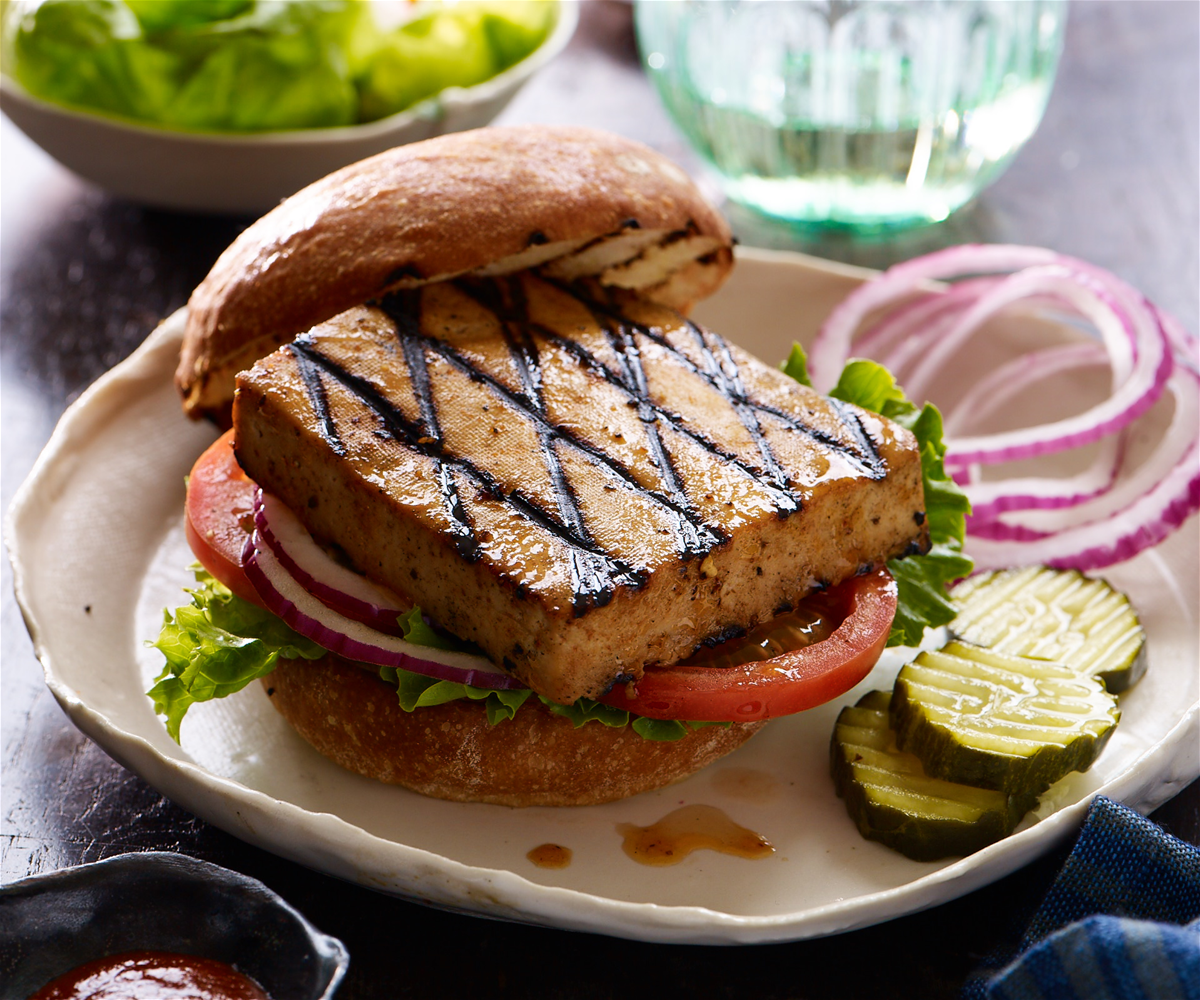
The Prevalence of Soy Allergies
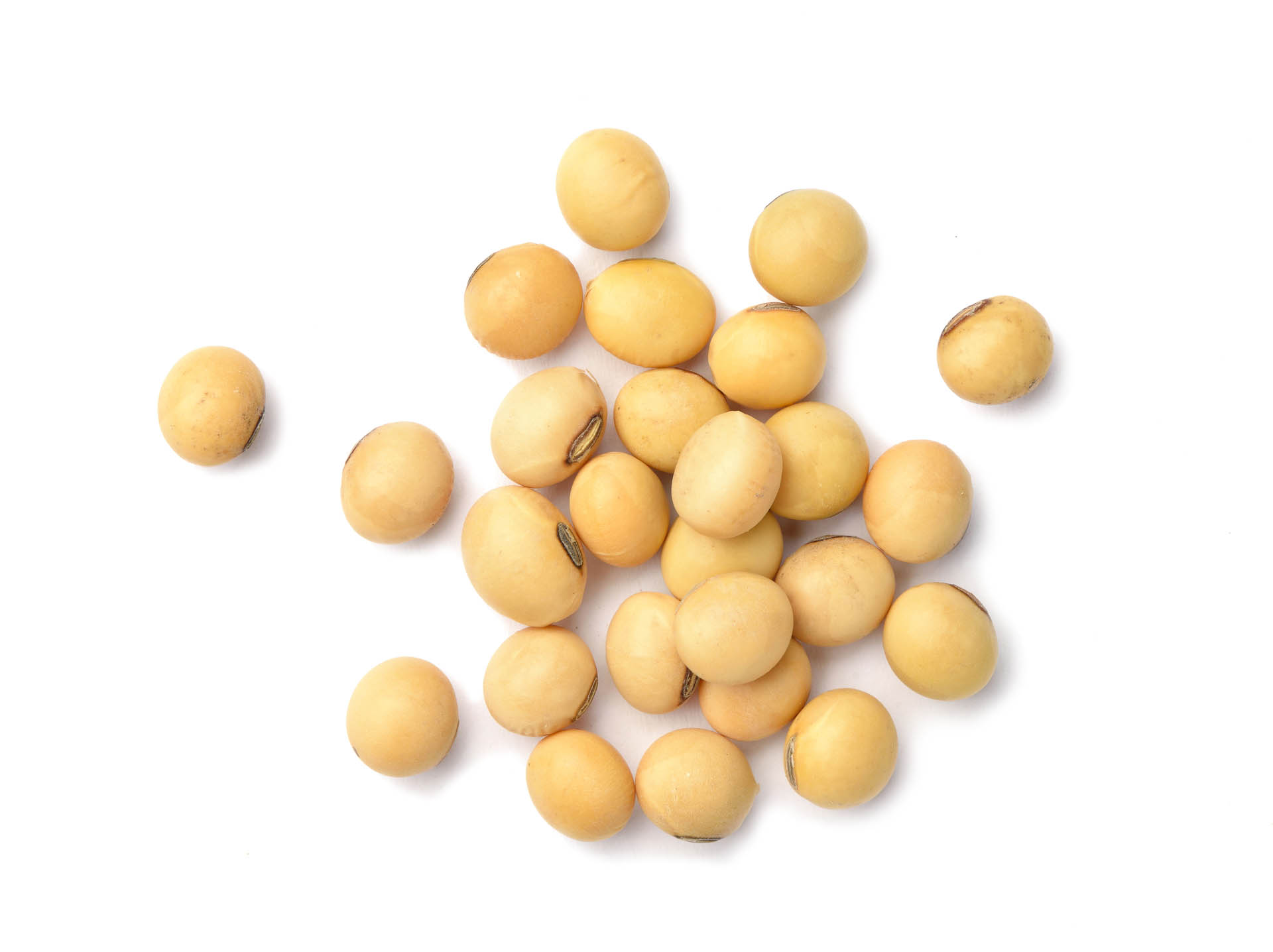
Soy-Free Labeling
The term “soy-free” may be found on nutrition labels to alert consumers who have a soy allergy that the product does not contain soy ingredients. This disclaimer does not indicate or allude to the healthiness of a food product. When included in the diet, soy can be a quality source of protein and offer heart health benefits.
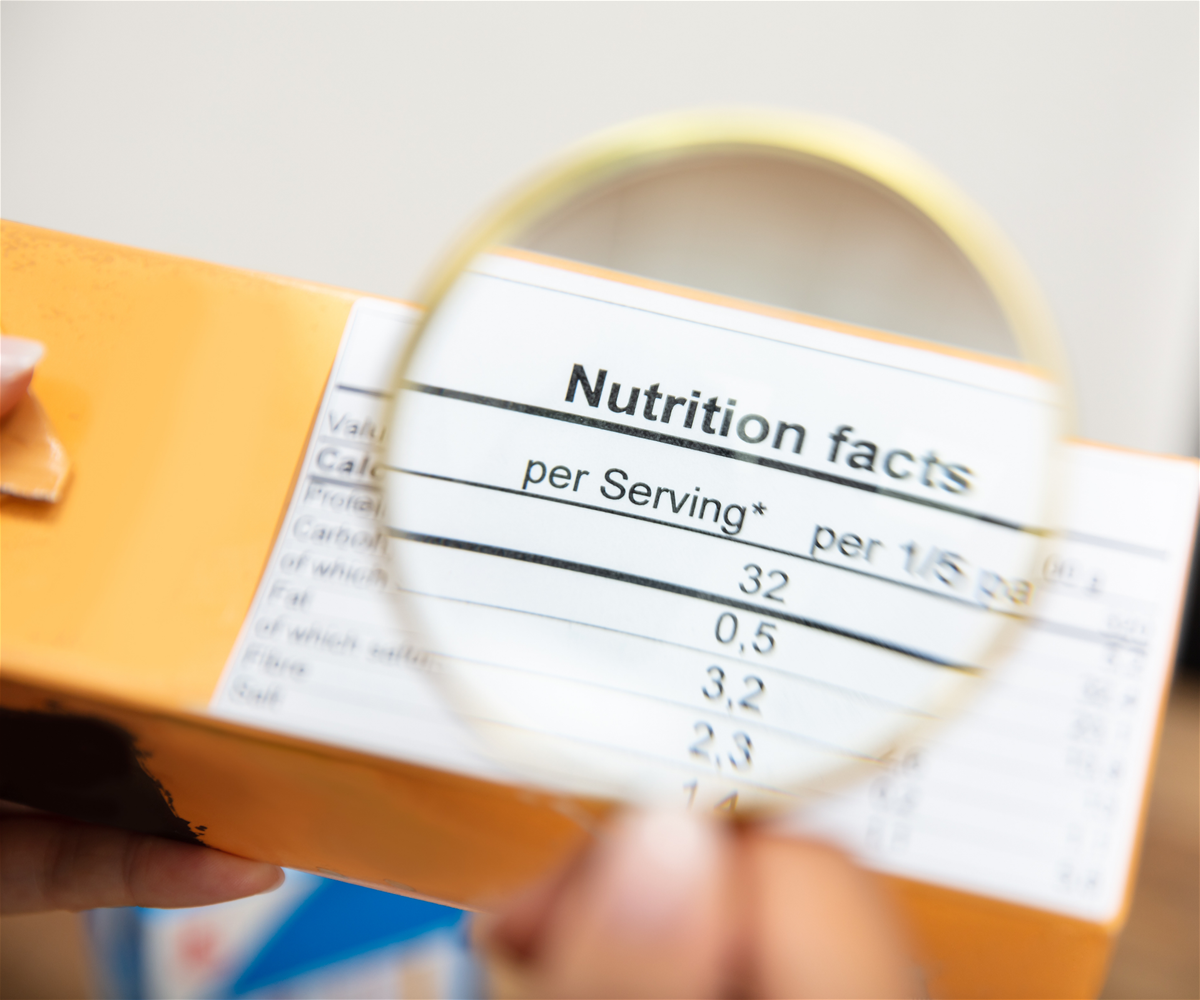
Soybean Oil Allergies
Soybean oil isn’t an allergen and doesn’t need to be labeled as such. This is because refined soybean oil only contains trace amounts of soy protein, which isn’t enough to trigger individuals with soy allergies.A study following seven soybean-sensitive volunteers tested their reactions to popular soybean oil brands. Each volunteer had a history of reacting to soy negatively, but none showed signs of being allergic to soybean oil after a skin puncture test and ingesting small amounts. Unless you have a soy allergy yourself, adding this power-packed ingredient to your dishes may help with heart health and more.
Visit our recipe page for inspiration or our Soy Farming page to see how soybeans are harvested across America.